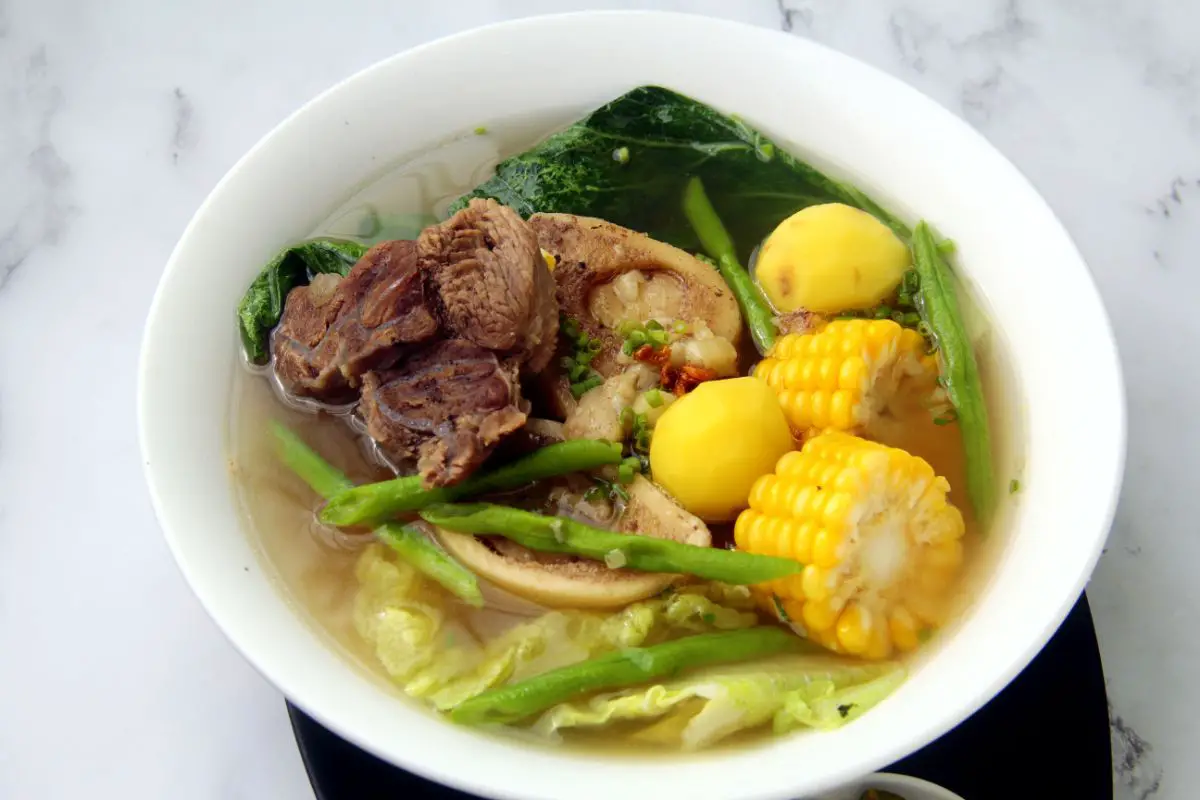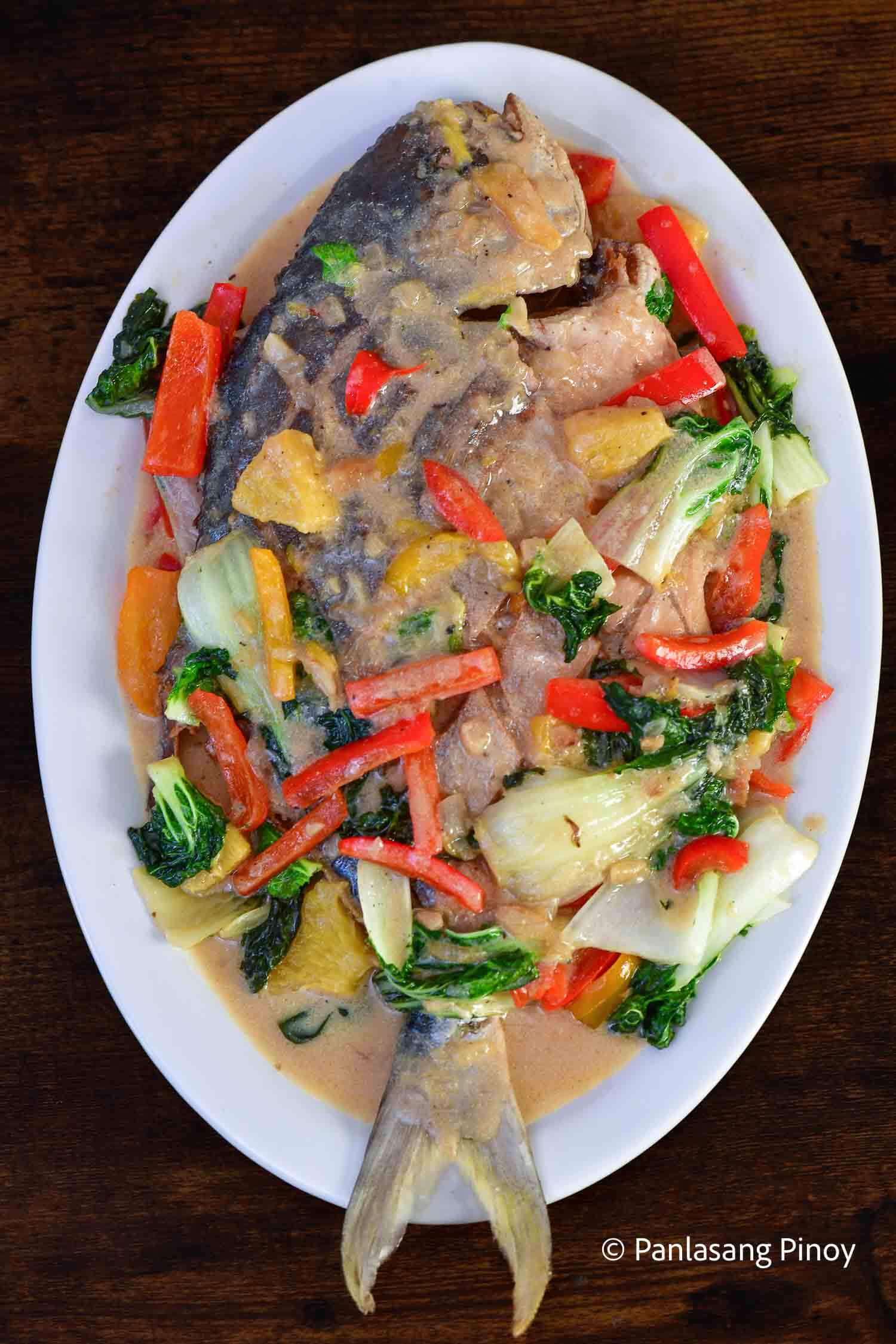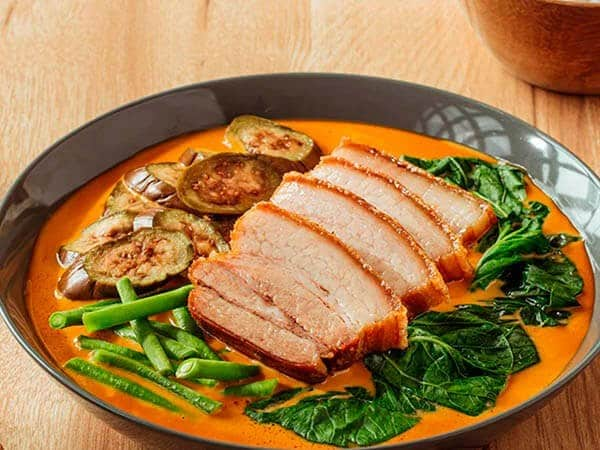From Soups to Stews : The Ultimate Filipino Food Recipes.
Authentic Filipino Food Recipes to Try in the house
Exploring authentic Filipino food dishes provides an opportunity to appreciate the intricate flavors and cultural value behind each meal. From the well-loved Adobo, with its savory marinade, to the tasty Sinigang that embodies the significance of Filipino comfort, these recipes invite a much deeper understanding of typical cooking techniques. Utilizing fresh, local active ingredients is essential, as is welcoming communal eating-- a trademark of Filipino culture. As we think about the important elements and strategies that specify these culinary prizes, one might wonder what certain recipes can absolutely record the heart of this lively cuisine.
Popular Filipino Cuisines
Filipino cuisine boasts a rich tapestry of flavors and customs, with over a loads famous dishes that highlight the country's varied social influences. One of one of the most widely known recipes is Adobo, a tasty stew commonly made with hen or pork, marinated in vinegar, soy sauce, garlic, and seasonings. Its tasty taste profile makes it a staple in Filipino families.
Another cherished recipe is Sinigang, a sour soup frequently made with tamarind, tomatoes, and numerous vegetables. This dish can feature pork, shrimp, or fish, and its rejuvenating preference is ideal for cozy climates. For those with a pleasant tooth, Leche Flan-- a velvety caramel custard-- serves as a popular dessert, showcasing the Filipino fondness for rich, pleasant tastes.
Kare-Kare, a passionate oxtail stew with a thick peanut sauce, together with the iconic lumpia, or spring rolls, additionally exemplify the range discovered in Filipino food. Each dish not only provides one-of-a-kind preferences but also informs a story of regional components and historic influences, making Filipino food a vivid reflection of its culture and heritage.
Vital Components for Filipino Cooking
The essence of Filipino cooking lies in its essential components, which act as the foundation for the country's beloved meals. A variety of tastes and appearances collaborated, showcasing the varied cultural influences that shape Filipino cuisine.
Trick components include rice, the staple that accompanies nearly every dish, symbolizing nutrition and community. Soy sauce, vinegar, and fish sauce (patis) are important for spices, conveying umami and deepness to recipes. Fresh natural herbs like cilantro and basil include fragrant quality, while garlic, onion, and ginger give a robust taste base.
Protein resources such as pork, chicken, and fish and shellfish are main to many dishes, often seasoned to boost taste. Veggies like eggplant, bitter melon, and green beans contribute vital nutrients and equilibrium - Filipino food recipes. Coconut milk is an additional substantial active ingredient, lending creaminess and a refined sweetness to different stews and desserts
Lastly, calamansi, a citrus fruit, provides a refreshing tang that raises meals and beverages alike. With each other, these active ingredients develop the vibrant and rich tapestry of flavors that define Filipino cuisine, making it both soothing and distinct. Recognizing these fundamentals is crucial for anyone seeking to replicate authentic Filipino dishes in the house.
Step-by-Step Recipe Guide

Start by preparing your active ingredients. For Adobo, cut the meat into consistent items and marinade it in soy sauce, vinegar, garlic, and bay leaves for a minimum of thirty minutes. Next off, heat oil in a pan and sauté the garlic and onions until great smelling, after that include the marinaded meat, allowing it to brown uniformly.
For Sinigang, begin by boiling water in a pot and including your selection of meat. As soon as tender, integrate tamarind paste or fresh tamarind for that trademark sour flavor. Follow with vegetables like radish and kangkong, food preparation till simply tender.

Tips for Genuine Taste
Typically, attaining genuine flavor in Filipino dishes hinges on the cautious option and therapy of active ingredients. Beginning with fresh, high-grade fruit and vegetables, as the vibrancy of vegetables and herbs significantly enhances the meal's general preference. Staples like garlic, onions, and ginger develop the aromatic structure for numerous dishes; utilizing them in proper you can find out more percentages is vital.
Selecting the right healthy protein is similarly crucial. For circumstances, conventional adobo frequently uses poultry or pork, marinaded to take in the sauce's complete taste. In addition, take into consideration sourcing locally created or regional components, as they can provide credibility that store-bought choices do not have.
Cooking strategies additionally play an essential role. click to read more Slow-cooking methods, such as braising or stewing, enable tastes to blend beautifully, while frying can include an enjoyable appearance. Do not ignore spices; using salt, fish sauce, or soy sauce at the ideal minutes can raise a meal substantially.
Serving and Taking Pleasure In Filipino Food
Culinary experiences are enriched when Filipino food is served with interest to practice and area. The method of sharing dishes is main to Filipino culture, signifying unity and friendliness. When serving Filipino recipes, consider utilizing standard serveware, such as clay pots or bamboo baskets, which improve the authenticity of the experience.
Generally, Filipino meals are delighted in family-style, with a selection of meals positioned at the center of the table. This common technique motivates communication and allows visitors to sample various flavors. Read Full Report A well-curated spread may include staples like adobo, sinigang, and lumpia, matched by rice, which is a basic part of every meal.
Accompanying the food with standard spices, such as soy sauce, vinegar, or chili paste, can raise the dining experience, inviting restaurants to customize their plates to their preferences. Additionally, integrating neighborhood beverages, like calamansi juice or tuba, can enhance the total taste profile.
Verdict
